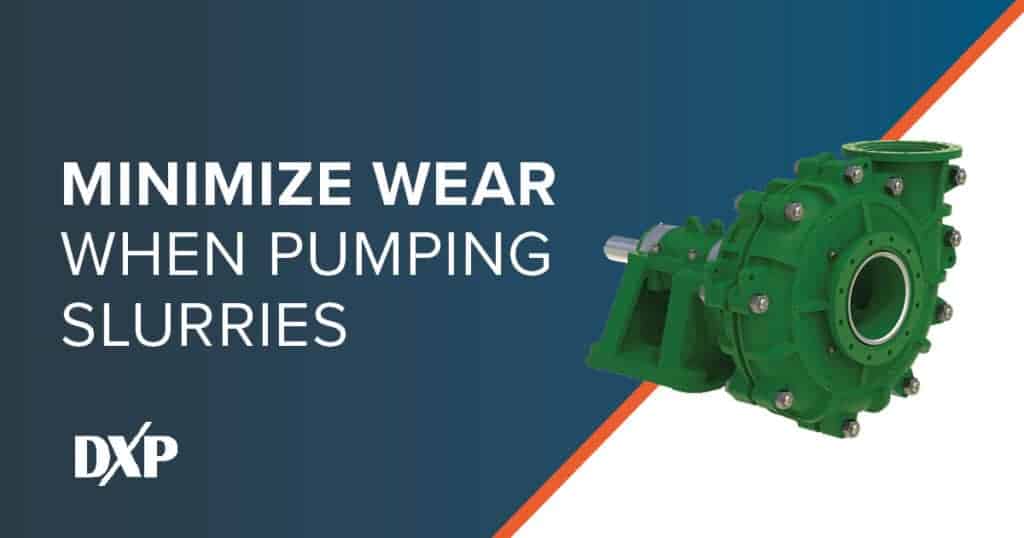Many industries require pumping slurries and wastewater. It is common practice in mining and mineral production. Slurries are also used in industrial applications. It is an efficient method to move solids that have been macerated or pulverized by introducing water. Unfortunately, the multiple-media materials in slurries can cause excess wear and tear on standard pumps. Most water and chemical pumps aren’t designed to handle slurries, which often include highly viscous fluids, solids in suspension, and abrasive materials.
Selecting the Right Slurry Pump
This is why it is recommended to use slurry pumps when processing slurries and wastewater that your typical pump equipment cannot handle efficiently. The first step to improve slurry pumping results is to select the right pump for the application. Even with the right pump, it still takes proper configuration, operation, and maintenance to ensure it lasts as long as possible. Wear and tear is inevitable with every pump. It is amplified more with slurry applications.
Extreme Wear-and-Tear Conditions
Let’s take a mining operation as an example. Slurry being pumped from a cave or dig site may contain a difficult mix of rainwater, groundwater, mud, dirt, sand, stones, water, organic material, and crushed ore. Imagine what these materials can do when running through a pump system. The abrasive slurry can quickly wear down an impeller while creating extreme forces of heat and pressure. It’s a brutal combination that will quickly damage and degrade pump components.
How to Minimize Wear on Slurry Pumps
Some slurry wear and tear is unavoidable. However, the best operators know the secrets of minimizing wear and preventing equipment failures when pumping slurries. We already mentioned the importance of selecting the right pump—one designed to handle slurries. Then other customizations can be made. This includes pump materials that offer increased abrasion resistance. High-chrome iron parts are popular in slurry pumps because they have durable surfaces. Chrome casting offers more protection against slurry challenges like abrasion, high temperatures, and high pressures.
High-chromium alloys are also very hard. This provides more strength and durability over time. Chrome casting is one example of a specialized pump material that can be used to withstand the excess wear and tear certain slurries cause. Different slurry applications may benefit from different pump construction materials and coating solutions.
Slurry Pump Monitoring and Maintenance
It starts with having the right slurry pump configured to handle your slurry materials. Then it has to be properly monitored and maintained. Parts will inevitably wear out, and it may happen much faster with highly abrasive slurries. Keep up with scheduled pump maintenance, and take care of any minor repairs before they become major disasters. Proactive system monitoring also helps. You may be able to catch problems before they happen. Monitoring the data will also enable you to dial in the equipment for better operational efficiency.
When you follow all the best steps, you can optimize your slurry pumping system and obtain a longer lifespan for your most important pump equipment. For your slurry pump needs, count on the team at DXP Pacific. We provide professional pump management services, and we work with many of the world’s leading slurry pump manufacturers like Shurco Slurry, Pump And Abrasion Technologies (PABT), Hayward Gordon, SEEPEX, Vogelsang, Verder, KSB and BJM.

